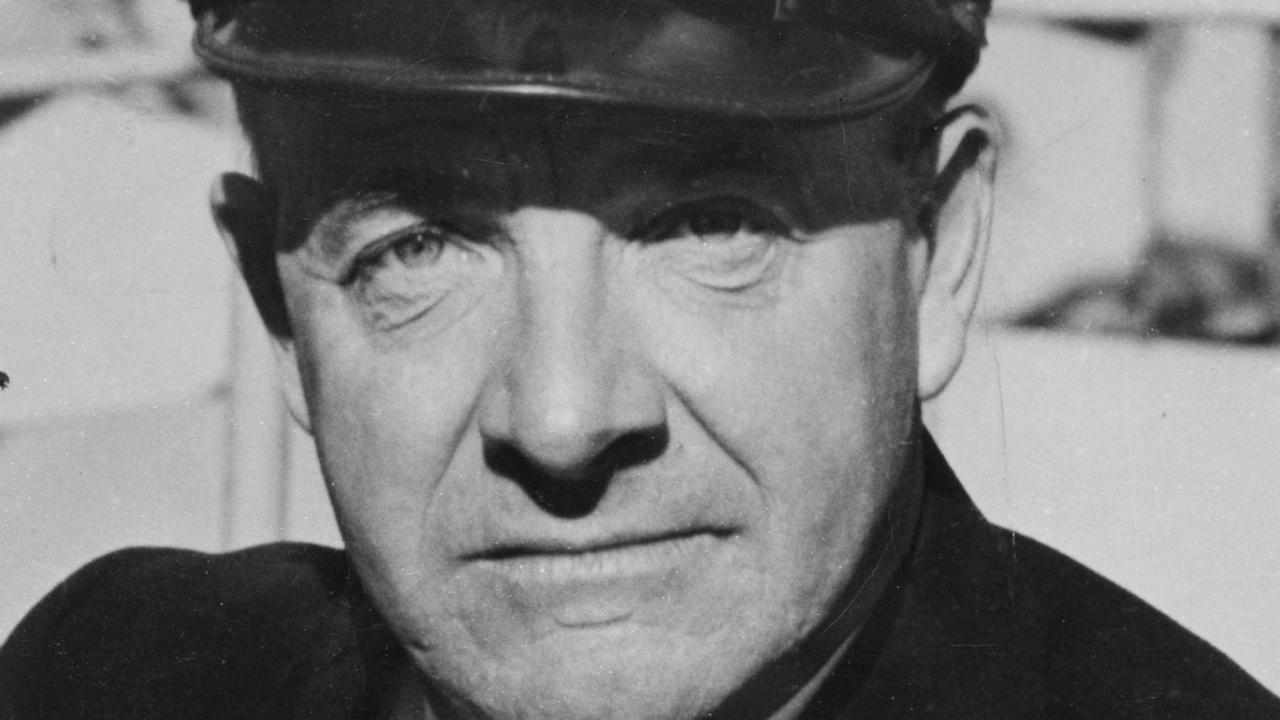The 1920 bombing of New York’s Wall Street remains unsolved
WALL St was the usual buzz of lunchtime activity back in September 1920 when a bomb rocked the financial centre.

Today in History
Don't miss out on the headlines from Today in History. Followed categories will be added to My News.
WALL St was its usual buzz of activity as lunchtime crowds poured onto the streets, on September 16, 1920. Hardly anybody took much notice of the old horse and its dilapidated cart that was making its way along the road, stopping in front of the J.P. Morgan bank.
Street vendor Lawrence Servin later described how he saw the driver of the cart pull up and walk very briskly away down the street. As the clock chimed noon an enormous explosion shook America’s financial heart. It shattered glass, pockmarked the marble walls of nearby buildings and the force of the blast tossed a car 6m in the air.
The blast killed people on the street and in offices, leaving behind a scene of mayhem. Among the brokers knocked down by the blast was young Joseph P. Kennedy (father of John who would go on to become president), but he was unhurt. Investigators were soon on the scene trying work out what had happened and who the perpetrators were but despite theories blaming anarchist organisations the bombing remains something of a mystery.
It was two years after the end of World War I and New York was yet to experience the boom times that would become known as the “Roaring Twenties.” Inflation was running high as was unemployment, peaking at 11 per cent, as the economy tried to make the transition from war to peace.

There was disaffection among left wing political organisations who felt the lower classes had been badly done by. Given events in Russia there was a feeling that the unease could erupt into open class warfare. One of the most prominent left wing groups, in terms of visible activities rather than actual membership, were the Anarchists.
Anarchism is a political philosophy with ancient roots but its modern manifestation dates to the works of French political writer and pioneer socialist Pierre-Joseph Proudhon in the 1830s and 40s. Anarchists believed governments were unnecessary and that people could govern themselves, based on natural laws of society, if governments and other hierarchies were dispensed with and people given their freedom. While some Anarchists only encouraged civil disobedience, strikes and political agitation, others set themselves the task of bringing about the destruction of all power structures. Often this was by violent or destructive means such as assassinations, riots, fires and bombings.
German immigrant August Spies, editor of an anarchist newspaper, said: “A pound of dynamite is better than a bushel of bullets.”
Anarchists became notorious for what would be labelled terrorist incidents today and several high profile incidents made anarchism a dirty word in the US. One was the 1886 Chicago Haymarket Riot, which began as a protest against the death of two strikers at the hands of police but turned into a riot when an Anarchist lobbed dynamite at police, killing one and injuring seven others. Three Anarchists were later executed including Spies.

In 1900 an Anarchist shot President William McKinley and he later died from his wounds.
Then in June 1919 a series of co-ordinated bombings took place in New York, Boston, Pittsburgh, Cleveland, Patterson in New Jersey, Washington D.C., and Philadelphia. None of the intended targets were hurt but one Anarchist was killed in a premature blast. It was the work of the Italian Anarchist group the Galleanists, followers of Luigi Galleani.
The US Justice Department’s Bureau of Investigation (precursor to the FBI) headed by William J. Flynn, helped spread a myth that it was all part of a vast Anarchist conspiracy to topple the US government, whereas it was never more than a handful of badly organised small groups causing the chaos.
When the bomb exploded on Wall St 96 years ago many people immediately suspected the Anarchists. A group calling themselves “American Anarchist Fighters” had sent threatening letters to powerful financier J. Pierpont Morgan, so it was a natural assumption given that the bomb had gone off near Morgan’s bank. Morgan was away but his chief clerk was killed.
Flynn rounded up Anarchists for questioning but inquiries came to nothing. Nobody claimed responsibility and the case remains unsolved.
Originally published as The 1920 bombing of New York’s Wall Street remains unsolved



